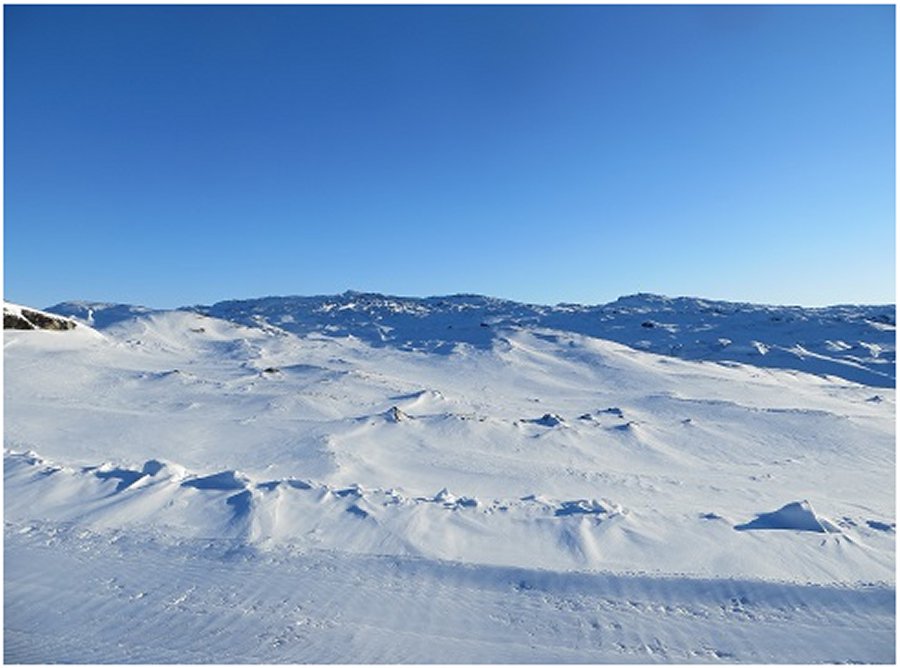Greenland’s Inuit People Have Unique Genetic Signatures Of Climate Adaptation and Diet
For people who live in the Far North, “beneath zero”temperatures are normal during the coldest months. Inuit people who live in Greenland has to experience extreme temperatures for at least half of the year.
It has long been debated whether Greenland’s Inuit and even other inhabitants of the Arctic regions have special unique biological adaptations helping them to live in the extreme cold.

In the Arctic, the Inuits have adapted to severe cold and a predominantly seafood diet. After the first population genomic analysis of the Greenland Inuits, a region in the genome containing two genes has now been studied by scientists:
In a new study, researchers have focused on the genome containing two specific genes, namely, TBX15 and WARS2. These two gene variants – probably originating in Denisovans – are believed to be central to cold adaptation by generating heat from a specific type of body fat, and was earlier found to be a candidate for adaptation in the Inuits.
The researchers compared the genomes of about 200 Inuit with genomes of Denisovans, Neanderthals and modern populations around the world. The results show that all of the Inuit studied contained the same genetic variants in this particular region of their genomes, which is considered to play a very important role regarding the levels of brown fat (abundant in newborns and generating heat by burning calories.
TBX15 is a gene known to affect the human body’s response to cold, and is associated with a number of traits related to body fat distribution. The authors speculate that the archaic variant may have been beneficial to modern humans during their expansion throughout Siberia and across Beringia, into the Americas.



 Creators of mankind
Creators of mankind Description of “Tall white aliens”
Description of “Tall white aliens” Where they came from?
Where they came from? About hostile civilizations
About hostile civilizations The war for the Earth
The war for the Earth “Tall white aliens” about eternal life
“Tall white aliens” about eternal life Video: “Nordic aliens”
Video: “Nordic aliens” Aliens
Aliens Alien encounters
Alien encounters The aliens base
The aliens base UFO
UFO Technology UFO
Technology UFO Underground civilization
Underground civilization Ancient alien artifacts
Ancient alien artifacts Military and UFO
Military and UFO Mysteries and hypotheses
Mysteries and hypotheses Scientific facts
Scientific facts


















